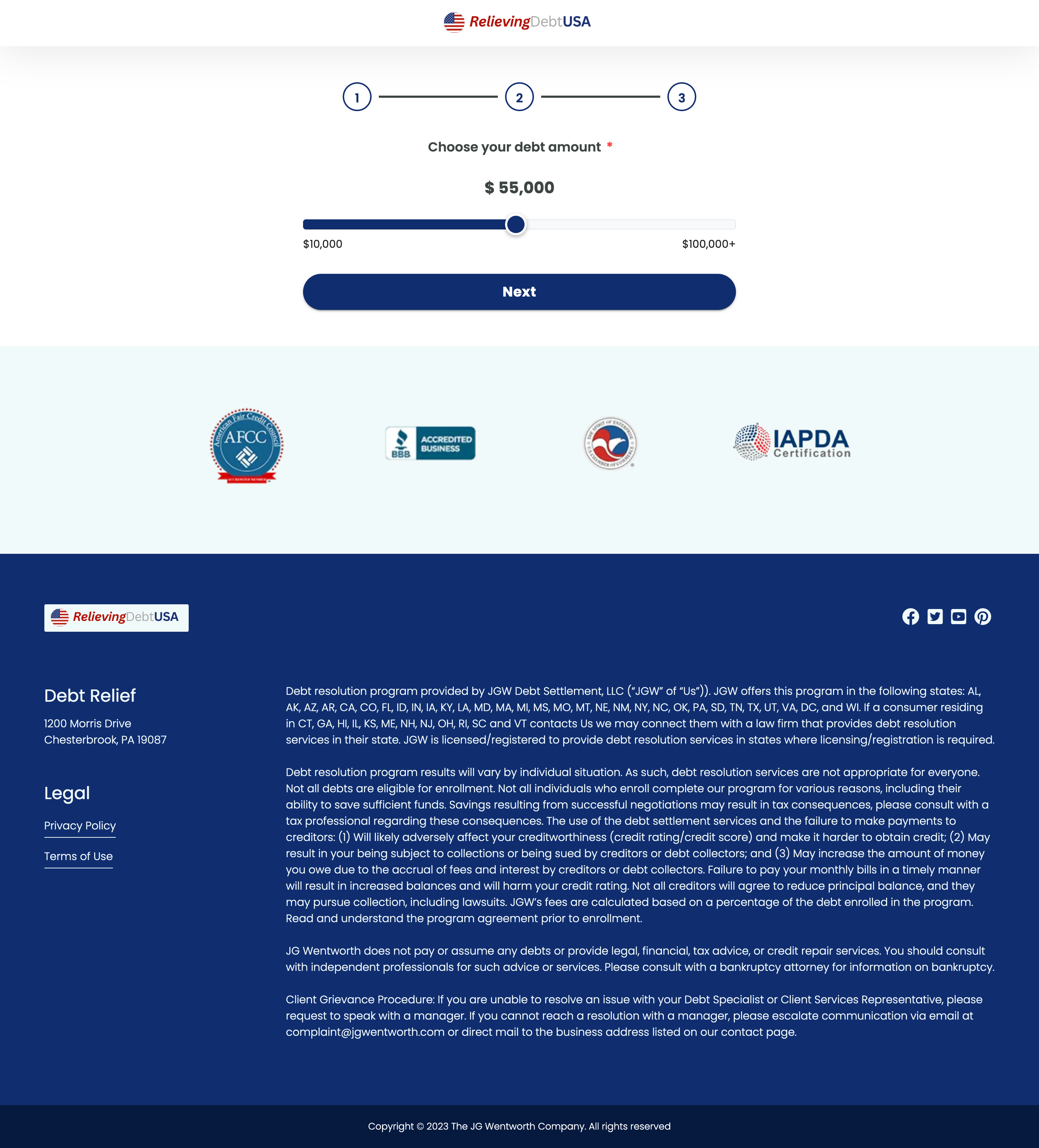How to Capture Dynamic Content on Landing Pages
Capturing dynamic content on landing pages can be a crucial task for designers, developers, and marketers. Whether for analysis, archiving, or competitive research, understanding how to effectively capture this content is essential. This guide covers everything you need to know to get started.
Table of Contents
- Introduction to Dynamic Content
- Why Capturing Dynamic Content is Important
- Challenges in Capturing Dynamic Content
- Techniques to Capture Dynamic Content
- Tools for Capturing Dynamic Content
- Best Practices
- Conclusion
Introduction to Dynamic Content
Dynamic content refers to web content that changes based on user interactions, behaviors, or preferences. It includes elements such as live feeds, personalized recommendations, or content that updates in real-time. These elements are essential for creating engaging and personalized user experiences but complicate the process of capturing content the way static content can be saved.
Why Capturing Dynamic Content is Important
Capturing dynamic content serves several purposes:
- Archival Purposes: Saving a fully functional webpage for future reference.
- Competitive Analysis: Understanding competitor strategies and features.
- Troubleshooting: Diagnosing issues by replicating complex behaviors or states.
- Content Audit: Maintaining backups for your landing page content to ensure compliance and standards.
Challenges in Capturing Dynamic Content
Challenges arise primarily due to the interactive nature of dynamic content. Common hurdles include:
- JavaScript-Driven Content: Many dynamic elements are loaded via JavaScript, making it harder to scrape them directly.
- AJAX Requests: Content loaded asynchronously can alter the state of the page after the initial load.
- Session-Based Content: Some content changes based on user sessions or login credentials, requiring authentication to capture.
- Complex DOM Structures: The complexity of modern web pages can complicate capture processes.
Techniques to Capture Dynamic Content
Effectively capturing dynamic content involves several techniques, including:
- Web Scraping: Using scripts or tools to extract content programmatically from web pages, often implementing headless browsers to handle JavaScript.
- Using Browser Extensions: Utilizing extensions that can render and capture dynamic content, especially those with scraping capabilities.
- Manual Capture: Turning to manual methods like recording or capturing screenshots, though not always efficient for analyzing codebase or assets.
- Utilizing DevTools: Taking advantage of browser developer tools to inspect, interact and download resources directly from the network tab.
Tools for Capturing Dynamic Content
There are several tools available that can help capture dynamic content:
- Web Scrapers: Tools like WebHarvy, Octoparse, and ParseHub are capable of scraping content from dynamic web pages.
- Browser Extensions: Chrome extensions designed specifically for capturing content like the Landing Page Ripper Tool can effectively download landing page HTML, CSS, and images.
- Headless Browsers: Tools such as Puppeteer and Selenium can be used for web scraping by simulating user interactions on a website.
- Code Libraries: Python libraries like BeautifulSoup, Scrapy, and Requests-HTML provide APIs for scraping web pages, including dynamic content loading.
Best Practices
When capturing dynamic content, keep the following best practices in mind:
- Respect Website Terms: Always ensure that your activities comply with the terms of service of the websites you are capturing.
- Use Efficient Techniques: Select appropriate capturing methods depending on the complexity and structure of the web page.
- Maintenance and Monitoring: Continuous monitoring of capture quality and maintenance of scripts to cater to changes in site structure.
- Data Protection: Ensure any data captured is stored securely and any sensitive information is handled according to data protection regulations.
Conclusion
Capturing dynamic content on landing pages is a challenging yet critical task, important for numerous applications such as saving data offline, understanding market trends, or preserving information. With the right tools and approaches, you can effectively overcome the complexities posed by dynamic content to extract value and insights.
For an efficient and seamless experience, consider using a dedicated solution like the Landing Page Ripper Tool. This tool acts as a landing page downloader, allowing you to easily download landing page HTML, CSS, and other assets for offline use or competitive analysis.









